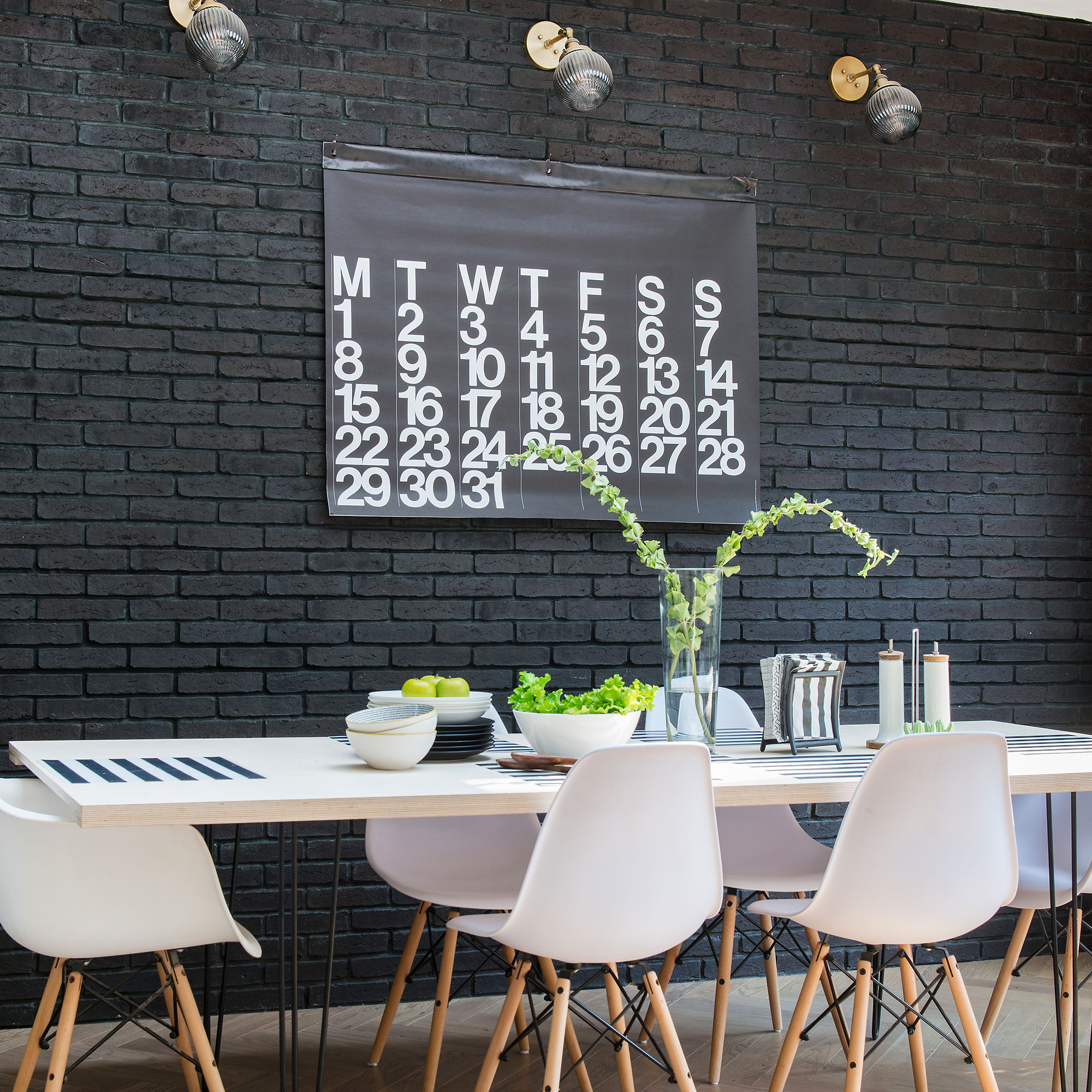
Clutter is something that bothers nearly every one of us, so why put up with it when you can follow this easy decluttering schedule to help you keep clutter at bay in 2025? With a focus for each month of the year, you can create a clutter-free home with easy to follow decluttering methods.
Lots of things everywhere isn’t just unsightly, it’s not great for our well being either. When we live in a cluttered space, we can feel overwhelmed and uneasy. The key to creating a home that feels relaxing, welcoming and calming is to reduce clutter.
Decluttering can feel like a huge task though, so where do you start? The trick is to break it down into manageable chunks, focusing on one area at a time and taking things step by step.
Creating a clutter-free space can feel overwhelming, which is why so many of us repeatedly put this task off. If decluttering has been on your to-do list for a long time, make 2025 the year you finally tackle it.
The trick to getting it done? Break decluttering tasks down into month-by-month steps, you can then break these down further into weekly jobs, just like you might with a cleaning calendar.
Get ready
While you should never invest in dedicated storage solutions until AFTER you have declutter a space. The two things we'd recommend investing in upfront are baskets and slimline hangers. These are two things that you'll always need and will make it easier to see what you have and what you need to get rid off.
January - rehome unwanted gifts

It’s a sad fact to face, but sometimes, we receive gifts we don’t really want. Whether it’s something we have already, or it’s just not our cup of tea, unwanted gifts often end up in the back of cupboards for years.
‘I often come across clients who have been given gifts that they don’t want, but don’t know what to do with them,’ says Sian Pelleschi, owner of Sorted! And president of APDO.
‘My response is always the same – acknowledge the gift as well intended, it’s ok that it might not be right but the thought was there. However once the gift has been passed over, it is no longer their property and becomes yours to do with as you please. If that means letting it go by selling or donating then that’s great as someone else can truly enjoy its value and make use of it rather than it being put away never to see the light of day. I’m of the opinion, it’s only worth something if it’s able to be enjoyed or used,’ she explains.
February - clear out kitchen cupboards
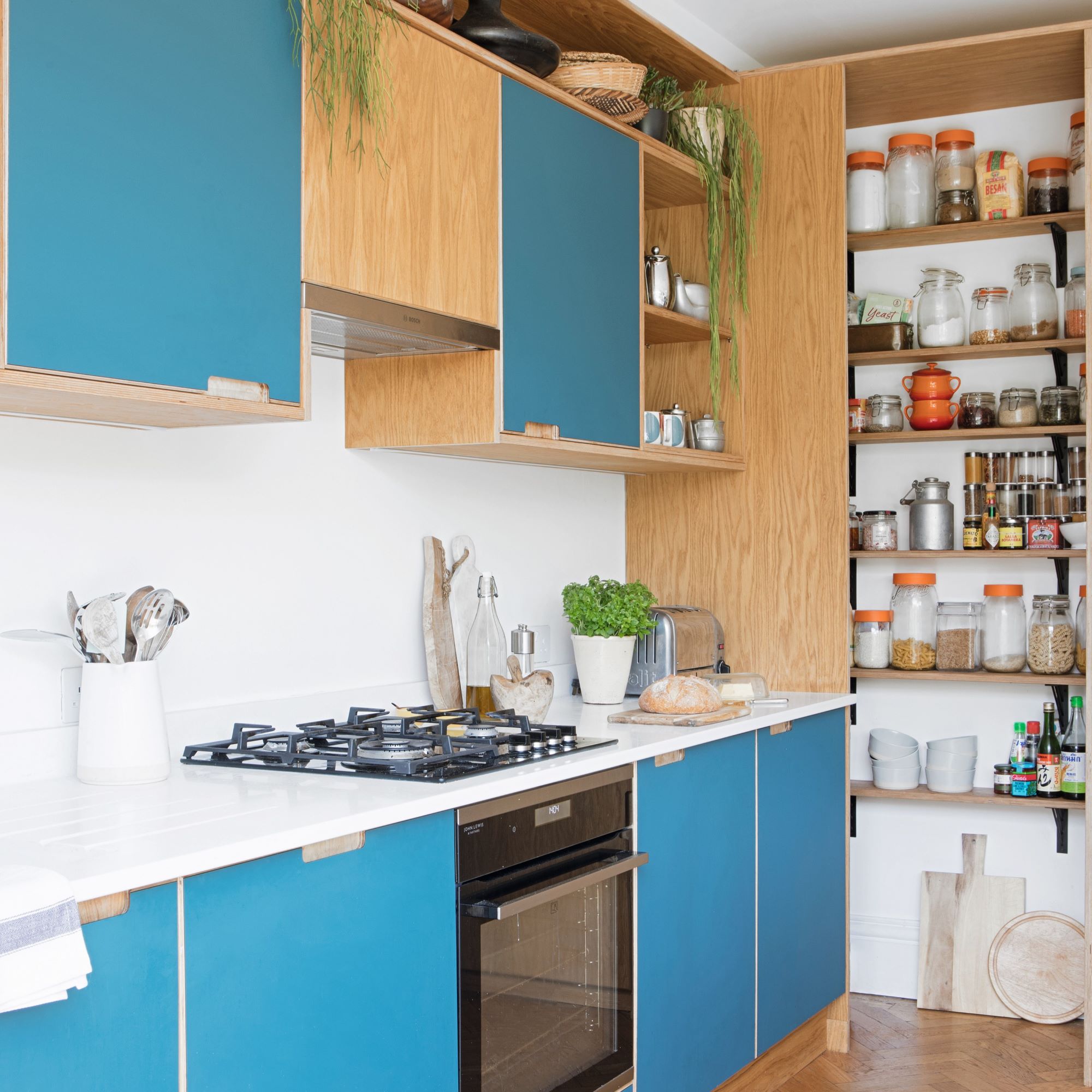
Kitchen cupboards often get cluttered over Christmas, with all of the extra ingredients we’ve invested in for various dishes and bakes. February is the perfect time to declutter and organise kitchen cupboards. Go through everything and get rid of anything you’re not using and reorganise.
‘Kitchen cupboards benefit from having items rallied up into containers. Then it’s just one box to manoeuvre to the countertop and pick a jar, bottle or packet from, suggests Katherine Blackler from Sort my Space.
‘In turn, it’s also just one container to return to its rightful place (rather than 12 jars now strewn across thecountertop after making toast). Adding containers to your internal spaces makes it easier to keep track of what's lurking at the back as well as quicker to tidy up after yourself too’, Katherine adds.
‘Give your cupboards a good clearout. Check best before dates and decide if it’s worth keeping. Many supermarkets have food bank collection points you could use for any surplus in-date food items that your household didn’t like the flavour of.’
March - declutter open shelving
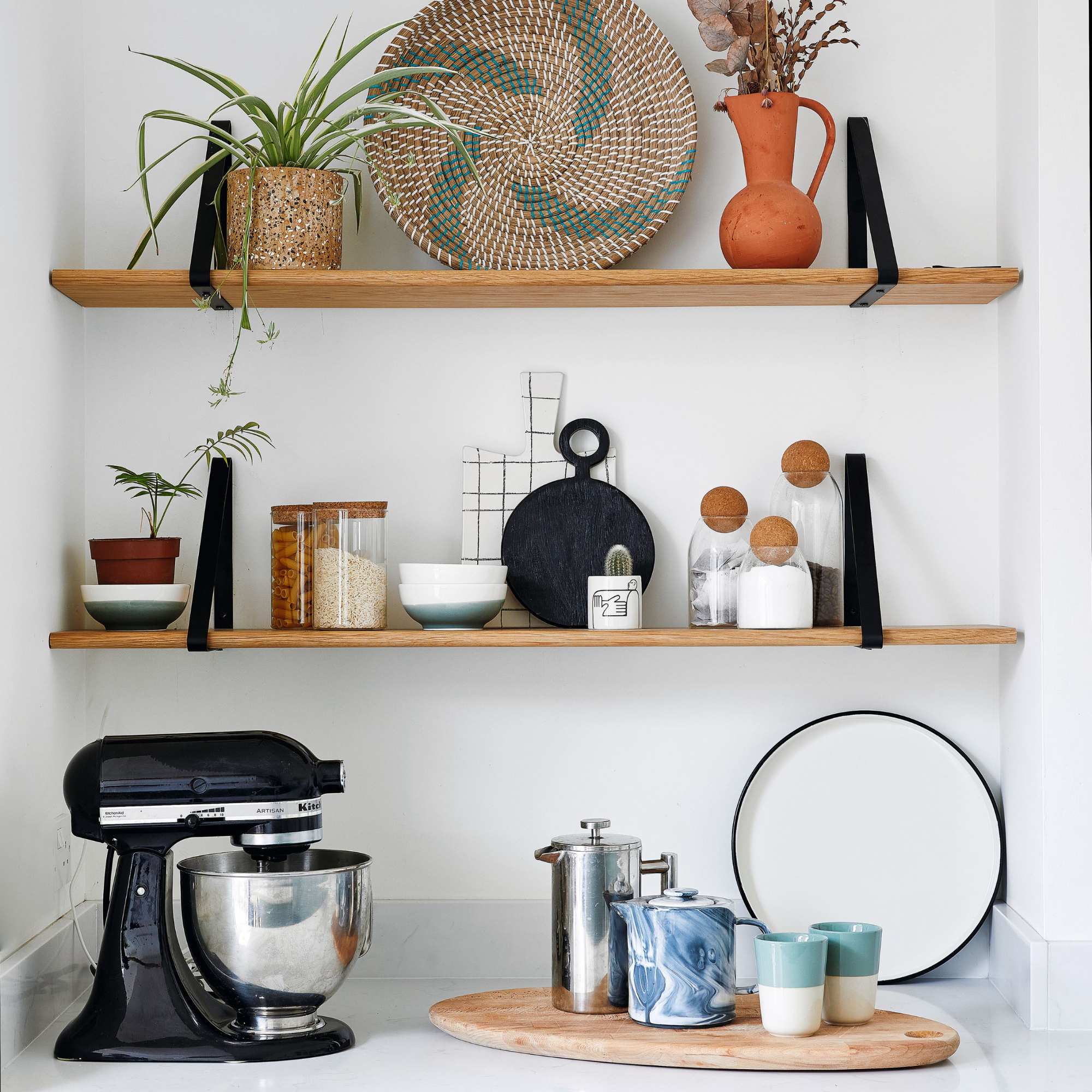
At one point or another, we put up shelving and style it perfectly with books, candles, vases of dried flowers and framed photos. Over time though, things get moved, items we didn’t intend to put on display end up being dumped, and before we know it, our open shelving is cluttered and unsightly. This is a particular problem that can occur with kitchen open shelving ideas.
In March, take everything off of your shelves, give it all a good dust, and only return items to the shelves that you actually want on display. Everything else can be rehomed, recycled or given away.
April - swap out winter coats and boots
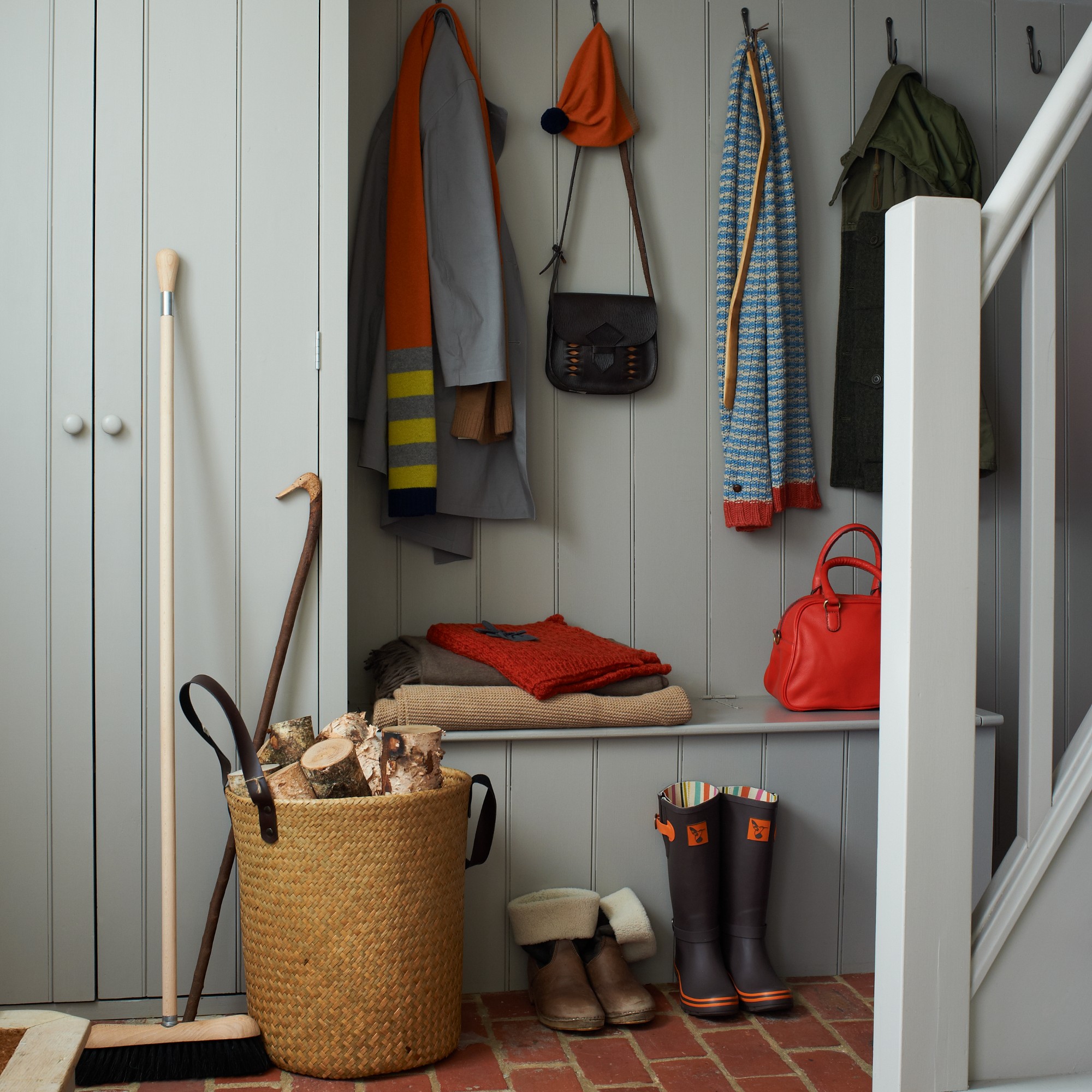
Thick coats and winter boots are no longer needed come April and so can be tidied away. Once you take big heavy coats off of your coat hooks and chunky boots off of your shoe rack, your hallway ideas will feel as if they've been opened up and ready for the warmer weather.
‘As it starts to get milder, check if there’s any coats or footwear that you haven’t worn over the past few months,’ advises Katherine Blackler from Sort my Space.
‘We often grow out of clothing, both size or style-wise. Younger children rarely stay the same size for two consecutive seasons so it’s likely it’s time to pass down to their younger siblings or onto someone in your community,’ Katherine continues.
‘Check if any footwear needs repairs, reheeling etc and mend them before you store them for the next cold snap. Your future-self will thank you for this kind gesture!’
May - clear out wardrobes
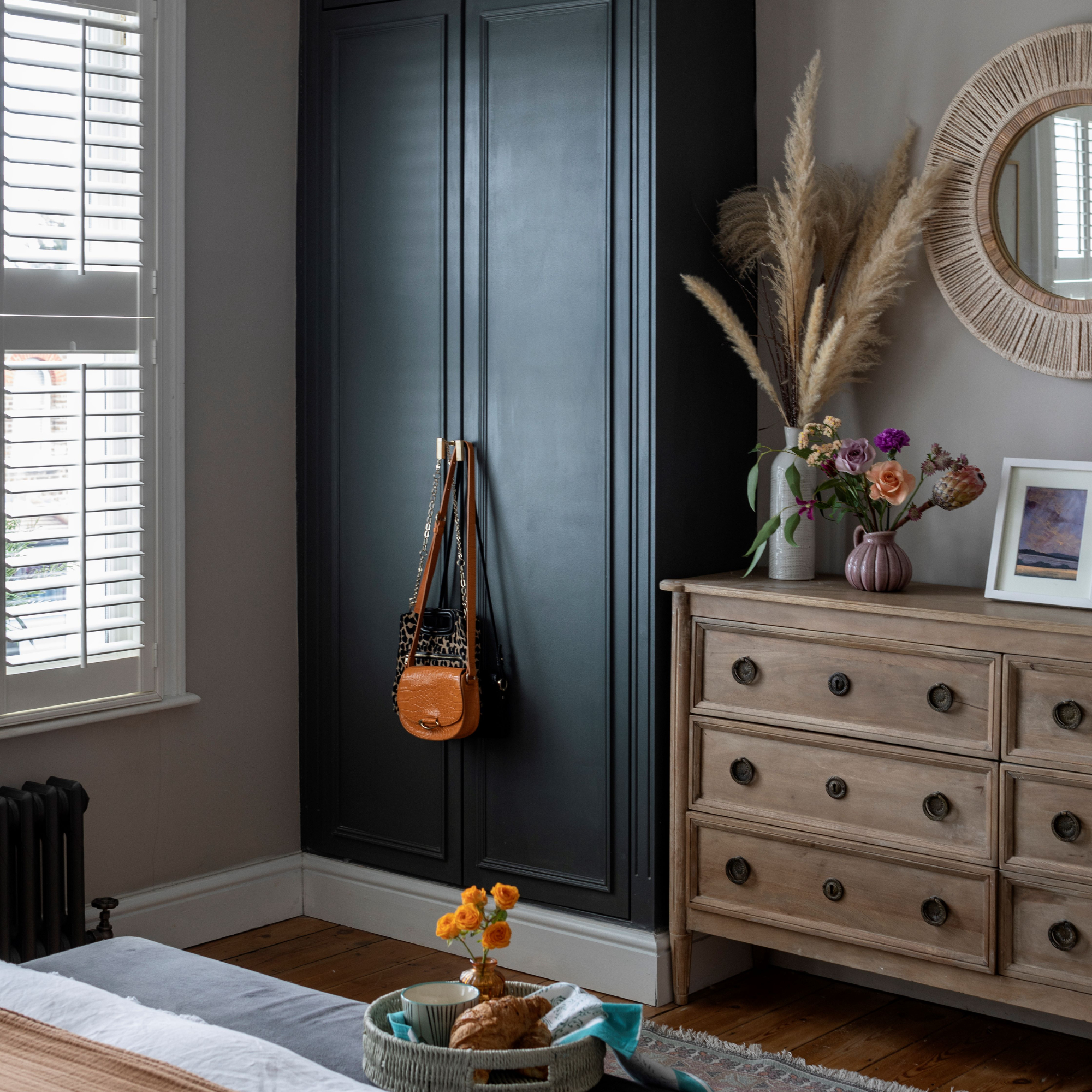
Just like with winter coats and boots, May is the ideal time to swap your winter clothes with your summer clothes and organise your wardrobe. It can be tempting to simply switch everything around, however, combine this task with decluttering your wardrobe too.
When putting away your winter clothes, if there’s anything you didn’t wear over the last few months, consider getting rid of it. The same goes for your summer clothes - as you put them into your wardrobe, consider whether you’ll actually wear each piece over the coming months.
June - do a charity shop run
June is the ideal time to take lots of the items that you’ve decluttered to the charity shop, especially given that you’ll have just cleared out your wardrobe.
While selling unwanted pieces online is a great way to generate some extra cash, the quickest and easiest way to rid your house of clutter is to give it to charity or recycle any items that are no longer fit for purpose at clothing banks or similar.
July - go through cleaning products
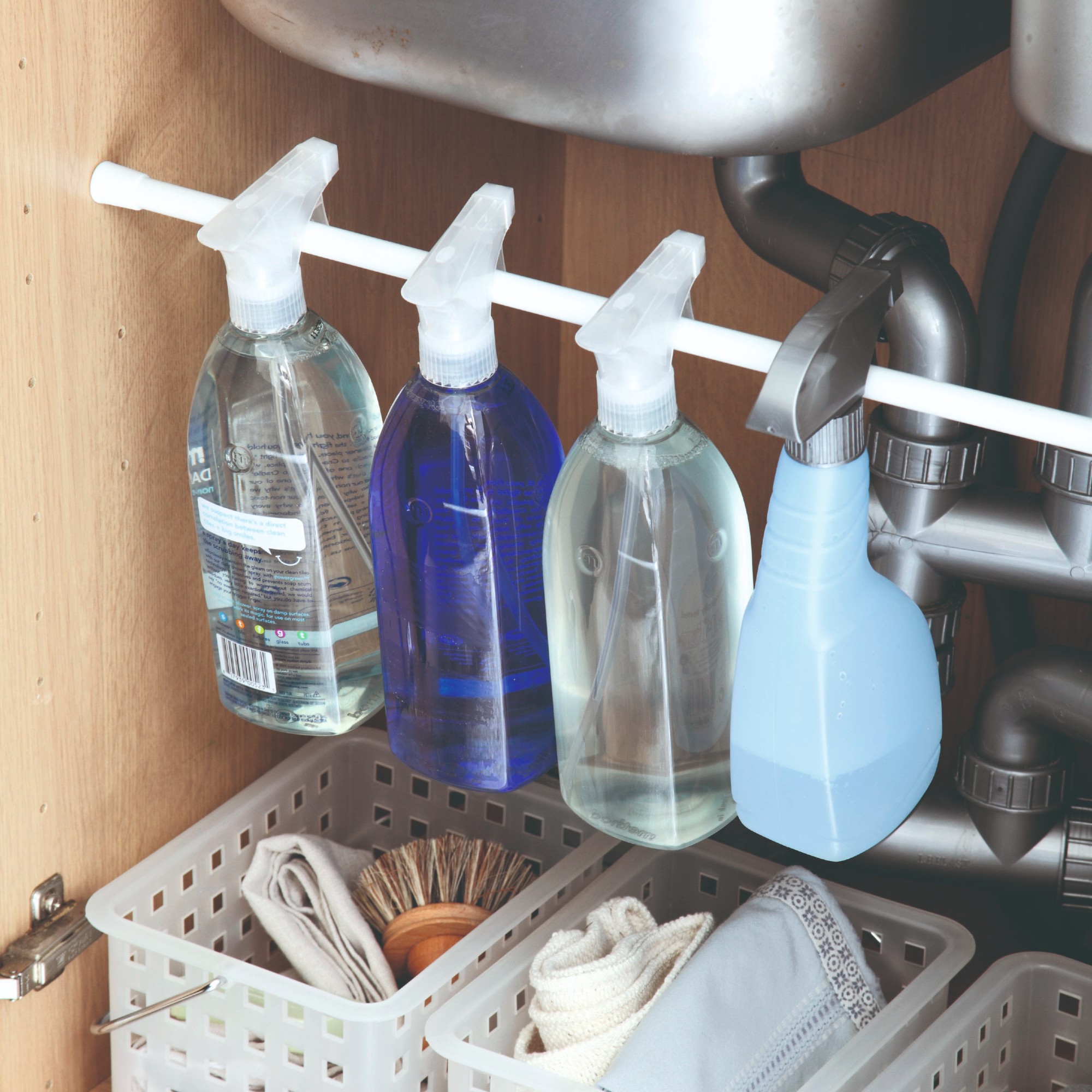
If you feel like your cleaning cupboard is packed full but you can never find what you need, that’s a sure sign that it’s time to have a good clear out. Get rid of unused products and those bottles with just a few drops left in the bottom and get your cleaning cupboard organised. You’ll rarely need more than 10 different cleaning products.
‘Cleaning products should be stored safely, topped up & kept in order,’ says Abigail Wallis, Professional Organiser from Neetz Declutter and Organise. ‘Oh and don't forget to dispose of empty bottles or old used-up sponges once they've done their time.’
‘These vital household tools are so often overlooked when it comes to organising a home because I suppose they just aren't that exciting are they? However, without them, daily cleaning tasks and surprise spillages become a nightmare to deal with, so they are actually super important and need to be routinely cared for as such.’
August - rehome unwanted kids stuff
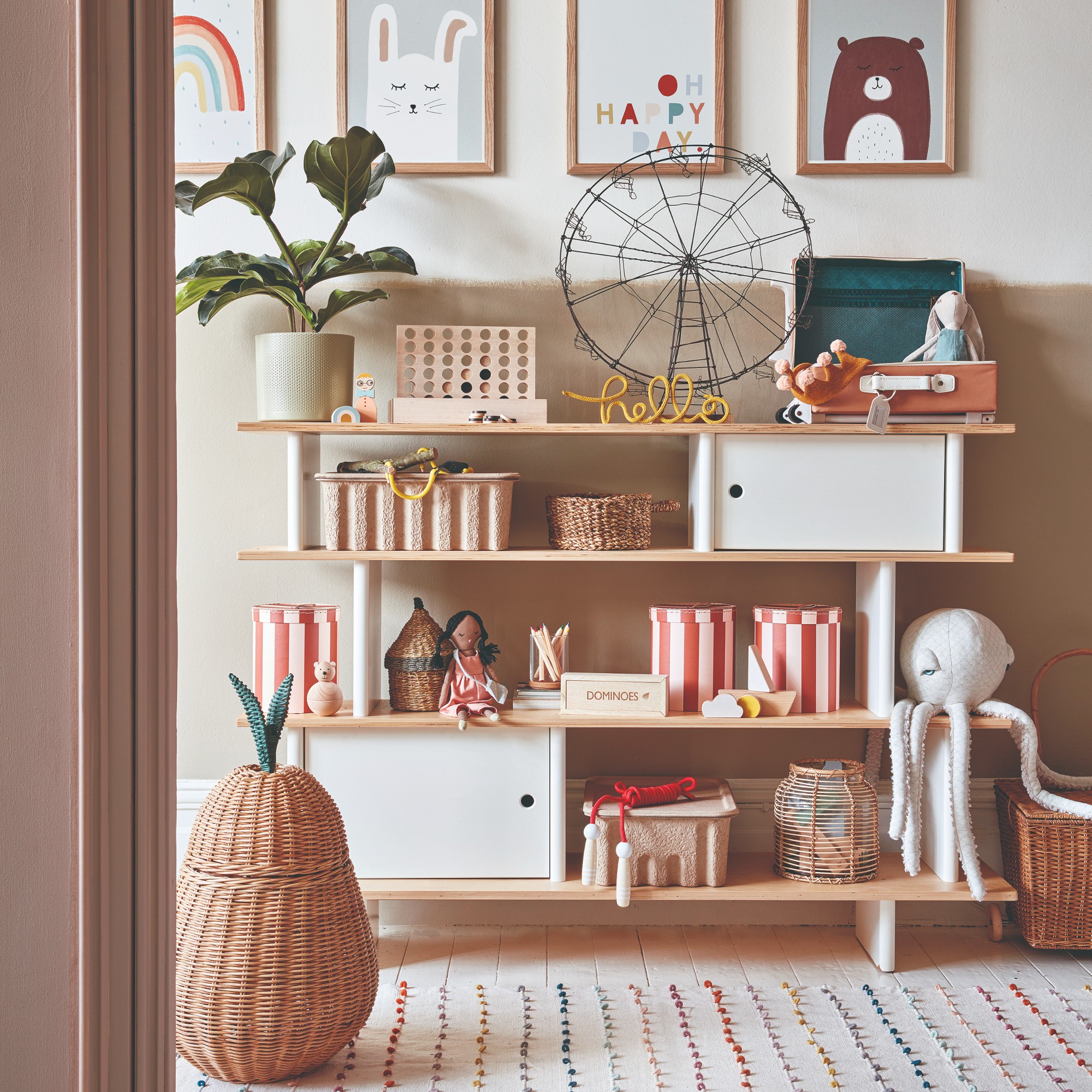
Over the summer holidays, get your kids involved with ‘mission declutter’ and tackle their bedrooms. Any clothing that no longer fits, books they no longer read or declutter toys they’ve grown out of should be rehomed.
You could offer them to friends or family with younger children, sell them online, or recycle them.
September - clear out stationary
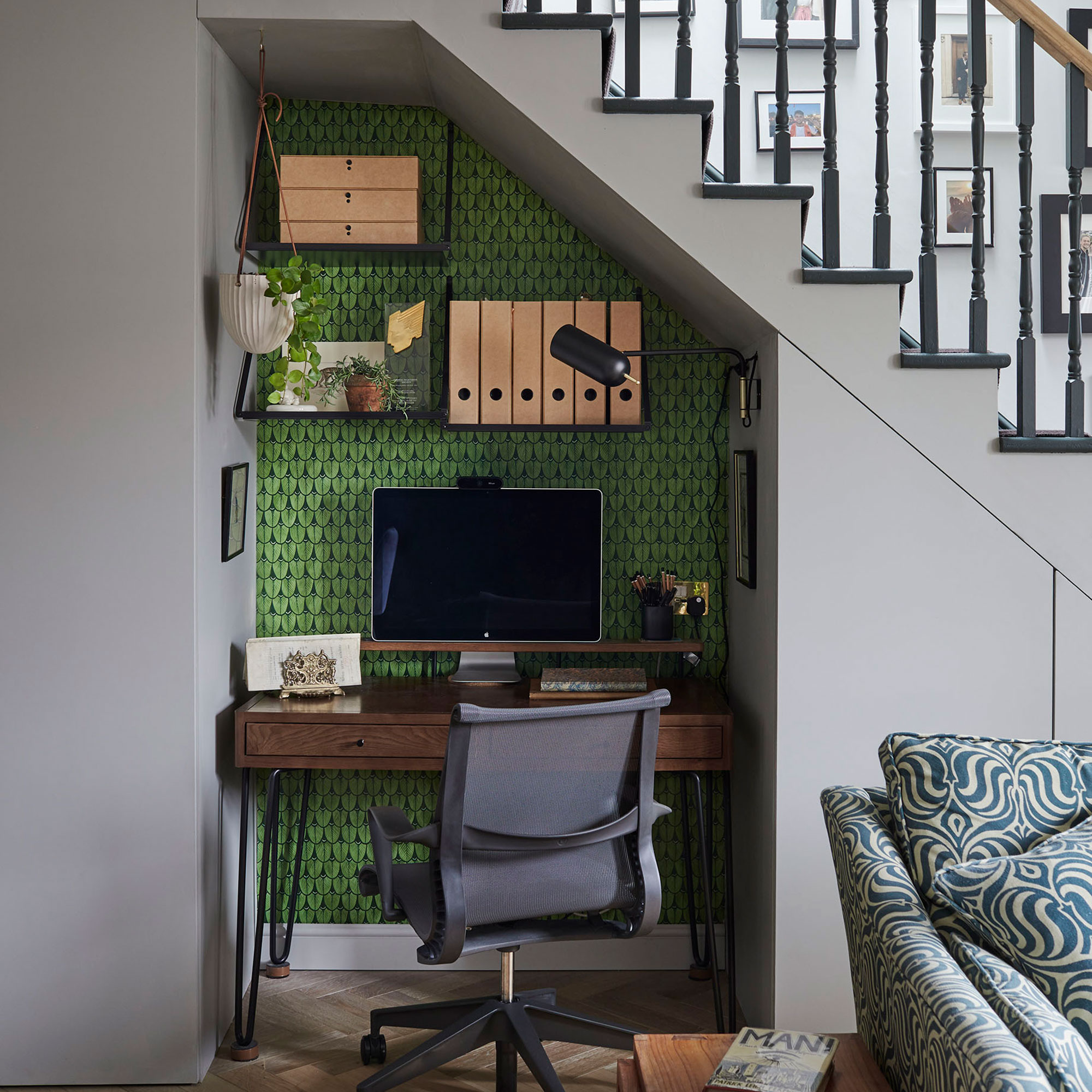
Just before the kids go back to school, go through workbooks, pencil cases and craft supplies. Completed workbooks and pens and pencils that are no longer usable can often hang around for months unless you go through them.
The same goes for your home office too - in September clear out old papers, filing anything that you need to keep and recycle the rest.
October - organise storage cupboards
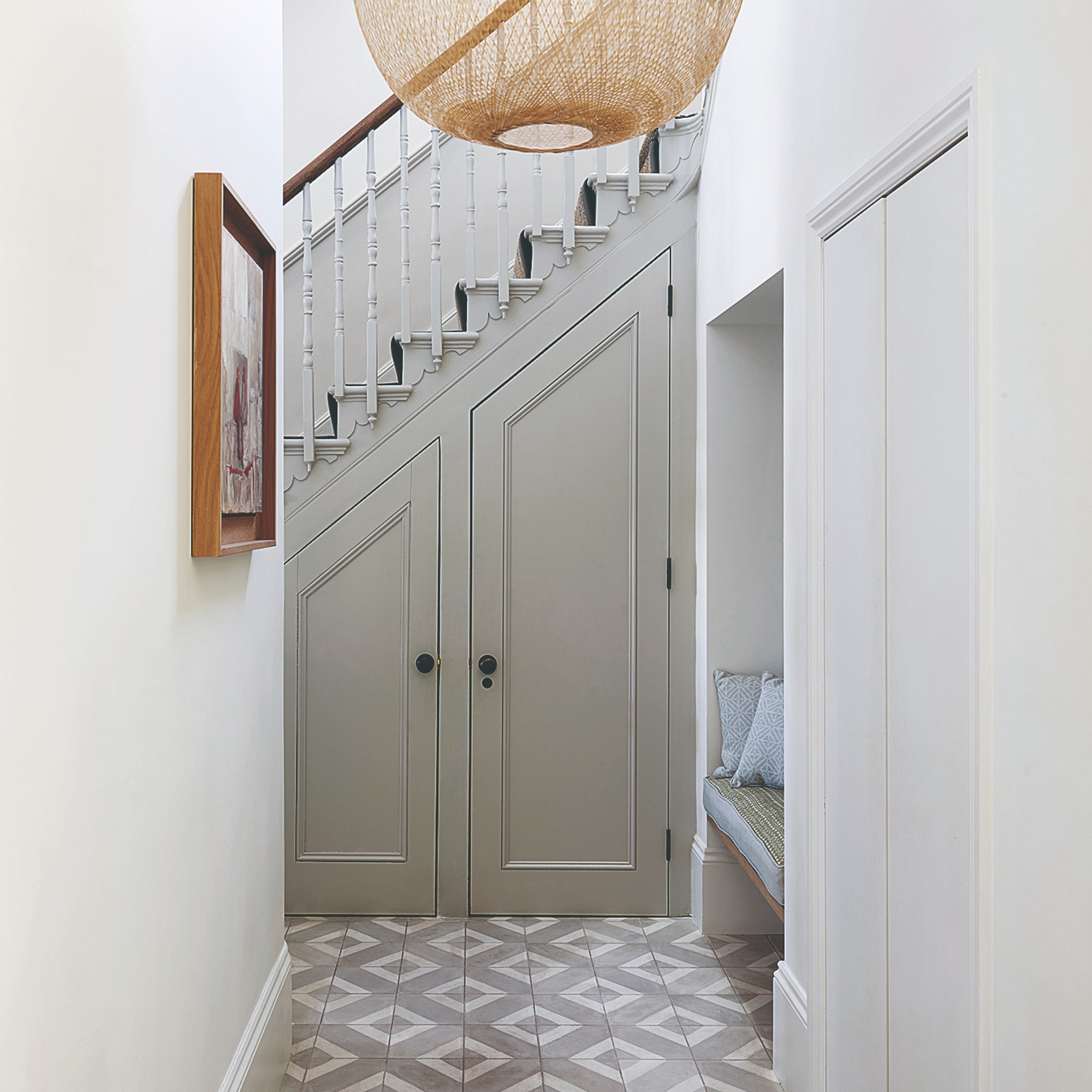
We all have cupboards in our home that we shove things into, just to get it out of the way. Everything should have a proper home though - just because it’s out of sight, doesn’t mean it should be forgotten about.
‘It might sound counterintuitive but tackling what’s behind closed doors and drawers first can actually be valuable. In doing so, you may create space for items that currently don’t have a dedicated home and are out on countertops and floors etc,’ explains Katherine Blackler from Sort my Space.
‘Also remember that things like toiletries have a best-before date called a PAO (Period After Opening) logo. Look for this logo and be mindful of products that are well past the suggested 3/6/12/18 months period.’
November - clear out junk drawers
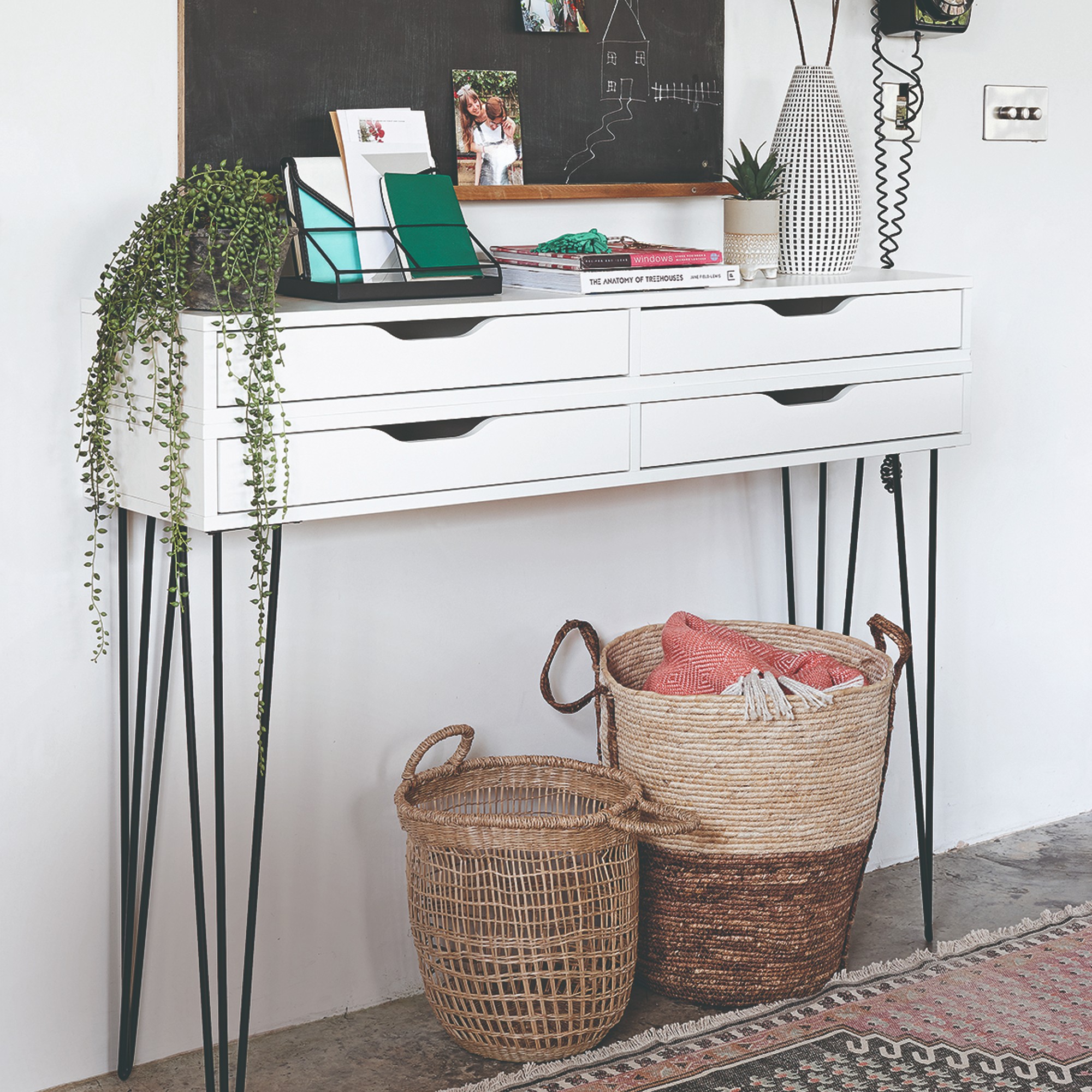
Bedside table drawers, sideboard drawers in the living room or a rogue kitchen drawer are all prime destinations for 'junk' to accumulate. Now is the time to declutter and organise a junk drawer.
Take everything out of the drawers, sort through it, get rid of anything that’s no longer needed or rehome items that don’t belong and reorganise. Try drawer dividers to keep everything in its place and make it easier to find what you need quickly.
December - declutter for Christmas
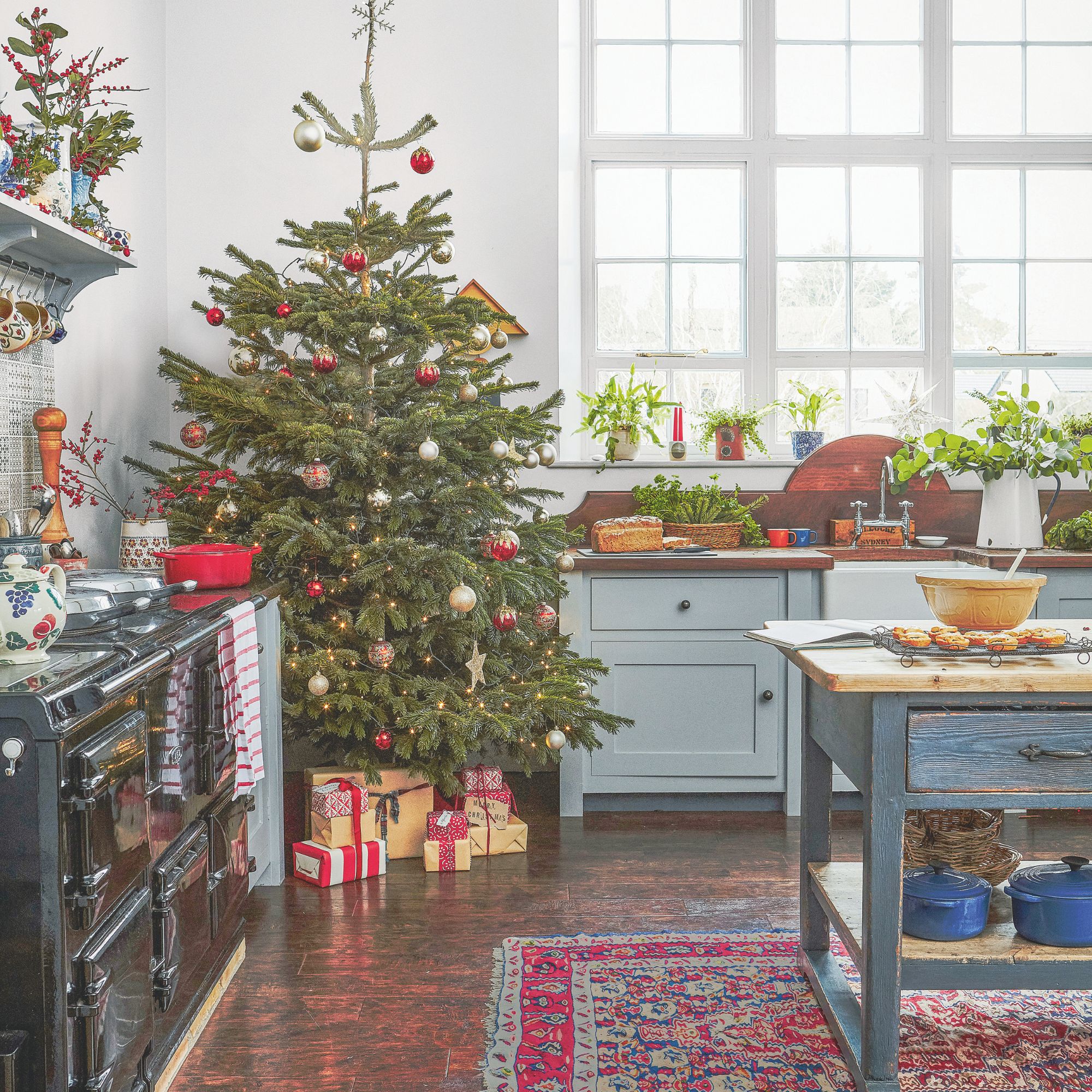
Ahead of the Christmas rush, carry out one final clear-out of the house and declutter before Christmas. By this time of year, your home will be a lot less cluttered and much more organised, but it’s likely there are still a few items left without a home or in need of getting rid of. Pay particular attention to the guest rooms as these are likely areas that might have gone under the radar during your year-long decluttering mission.
Over December, do a sweep of the house and make sure that nothing has been forgotten about, ready for the busiest period of the year.
FAQs
What is the 5 year decluttering rule?
Putting some rules in place when it comes to reducing clutter is a good idea, to get the best results possible. Something you could try is the ‘5 year decluttering rule’.
‘The 5 year decluttering rule is essentially where every time you look to do a declutter, you ask yourself if you’ve used an item within five years,’ explains Sian Pelleschi. ‘If not, it's time to decide whether to keep, donate or discard (although I’m always looking for ways to donate rather than discard to keep items out of landfill).’
‘This helps you to assess whether you really do have a use for something or if it’s time to let it go to a new home, freeing up some space for you.’
How do you keep on top of decluttering?
Decluttering can be simplified, you just need to know how to approach it to make it easy to keep on top of.
‘For me, the most important aspect when it comes to keeping on top of decluttering boils down to one thing - consistency,’ says Abigail Wallis.
‘This will of course look different for all of us, but without a consistent routine (sometimes referred to as a system) it is inevitable that the clutter will build back up eventually.’







